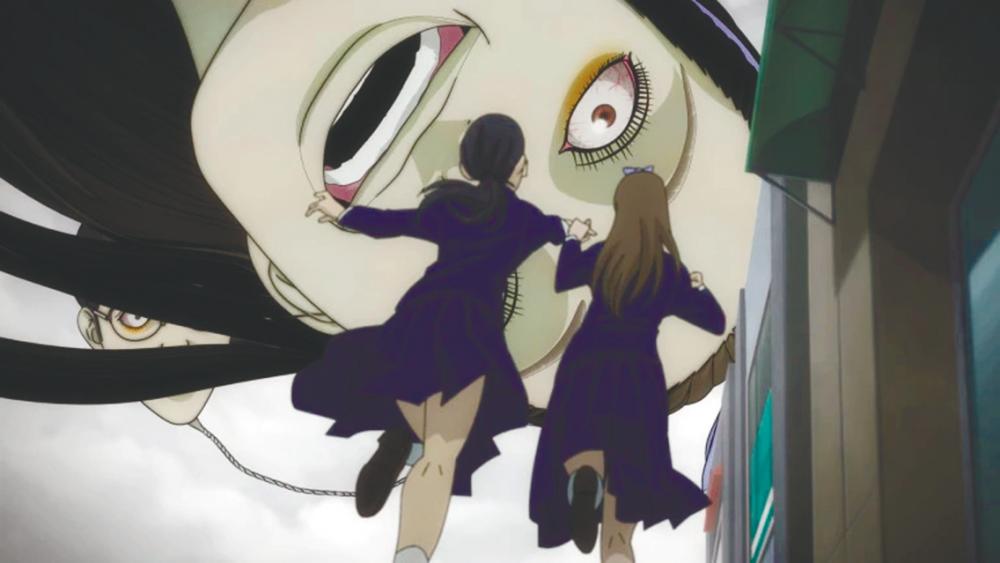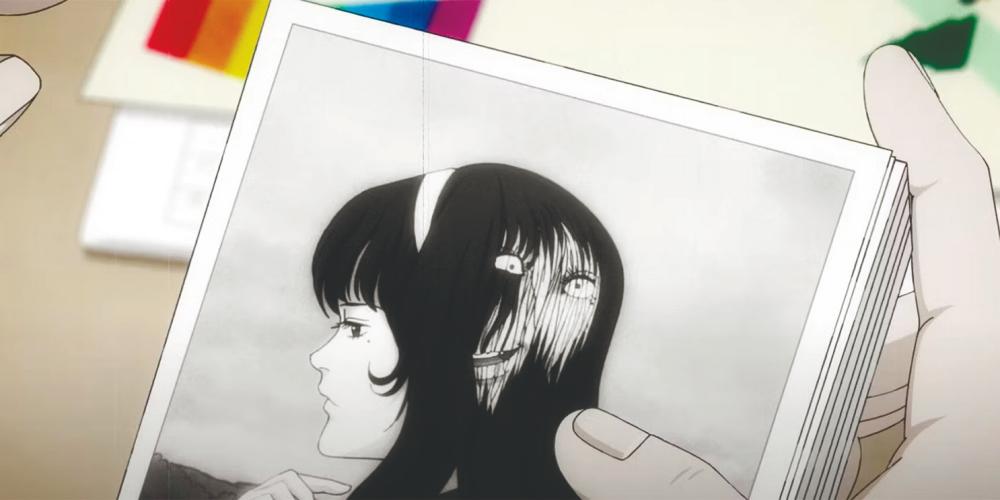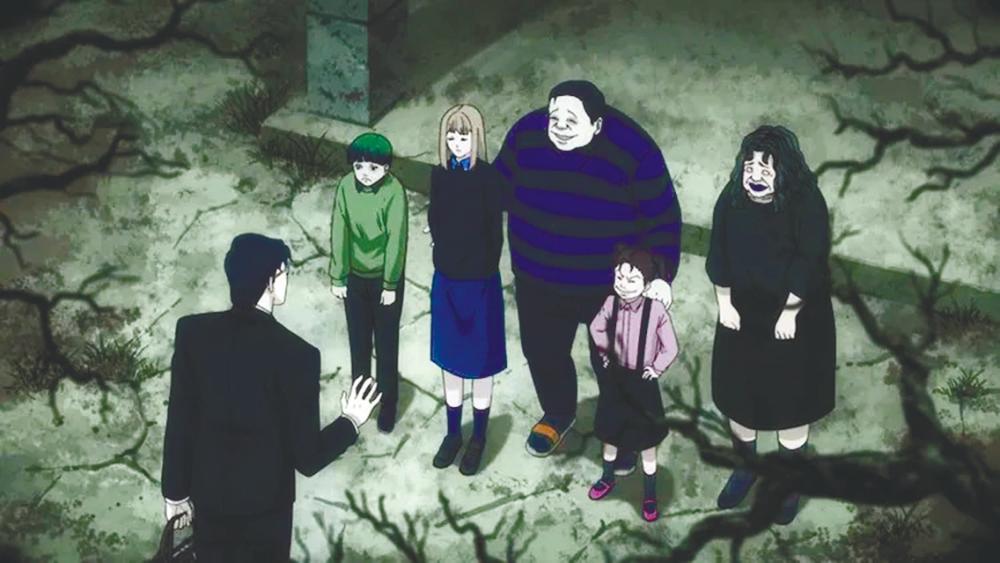A RENOWNED Japanese horror artist and storyteller, Junji Ito has written and drawn countless celebrated mangas that delve into madness, depressive, perverse themes and abstract horror. In other words, Ito could be considered the modern H.P. Lovecraft.
The artist’s frenetic style, intense use of black, and “scratchy” art style to evoke emotions and horror are unique to him. He has produced well over 40 books.
In Junji Ito Maniac: Japanese Tales of the Macabre, Studio Deen – a Japanese animation studio – presents 12 episodes that cover 20 different stories by Ito .
Maniac is the second attempt by Studio Deen and director Shinobu Tagashira to adapt Ito’s stories into an anime format. The first, Junji Ito Collection was released in 2018 and it was, quite frankly, terrible.
For this series, it was not as bad as the Studio Deen’s first attempt, despite most of the episodes being either outright unentertaining or bad.
The horror anime anthology opens with “The Strange Hikizuri Siblings”, where a photographer is invited to a house occupied by the titular siblings. This was not a good opener, because of how flat the horror, animation style and story presentation is.
More often than not, these flaws persist into the remaining episodes wholesale.
“Long Hair in the Attic” features a good revenge story themed around romantic manipulation and features a very insane concept of sentient hair, but if the animation style used by Studio Deen is juxtaposed with Ito’s drawing in the source material, the former looks like a downgrade.

Light at the end of the tunnel
However, not all is lost. Some of the good episodes are “Hanging Balloon”, “The Sandman’s Lair”, “Long Hair in the Attic”, “Tomie: Photo”, “Layers of Fear”, “The Bully” and, perhaps, “Mold”.
These episodes are also the most violent and sadistic; “Hanging Balloons” has giant floating heads with nooses hunting down characters to hang the noose around, and “Long Hair in the Attic” and “Tomie: Photo” have violent depictions of decapitation.
The body horror of “Mold”, where a house’s mold infects an entire family and turns them into grotesque mold, is horrifying. But again, this is a Studio Deen production, so the horror Ito conveyed on his pages look cheap in this particular anime format; the mold looks like generic sludge.

“Tomie: Photo” comes from Ito’s famous “Tomie” stories, featuring the mysterious Tomie Kawakami, a high school bully that controls men through seduction. Possibly a witch or an unknown ancient being, Tomie’s true nature comes to light when she is photographed by Yukiko, a fellow student. The episode progressively – and somewhat effectively – captures the madness of Ito’s “Tomie” stories whenever the character becomes unhinged.
In terms of being the most disturbing thematically and visually without an excess of gore, the strongest episode in Maniac is “The Bully”. Nao, a child struck by Stockholm syndrome, becomes attached to Kuriko, an older girl that begins abusing the boy.
After punishing the empathy of viewers by scenes of Nao being brutalised, following a plot twist towards the end of the episode, “The Bully” becomes worse by implying (and not showing) what happens after Kuriko becomes a mother.
Possibly the strongest overall horror episode in the series, “Layers of Fear” displays a family cursed by an object, and how one mum’s desperation for wealth and status leads to her peeling off the skin of her child.
Junji Ito Maniac: Japanese Tales of the Macabre is currently streaming on Netflix.









